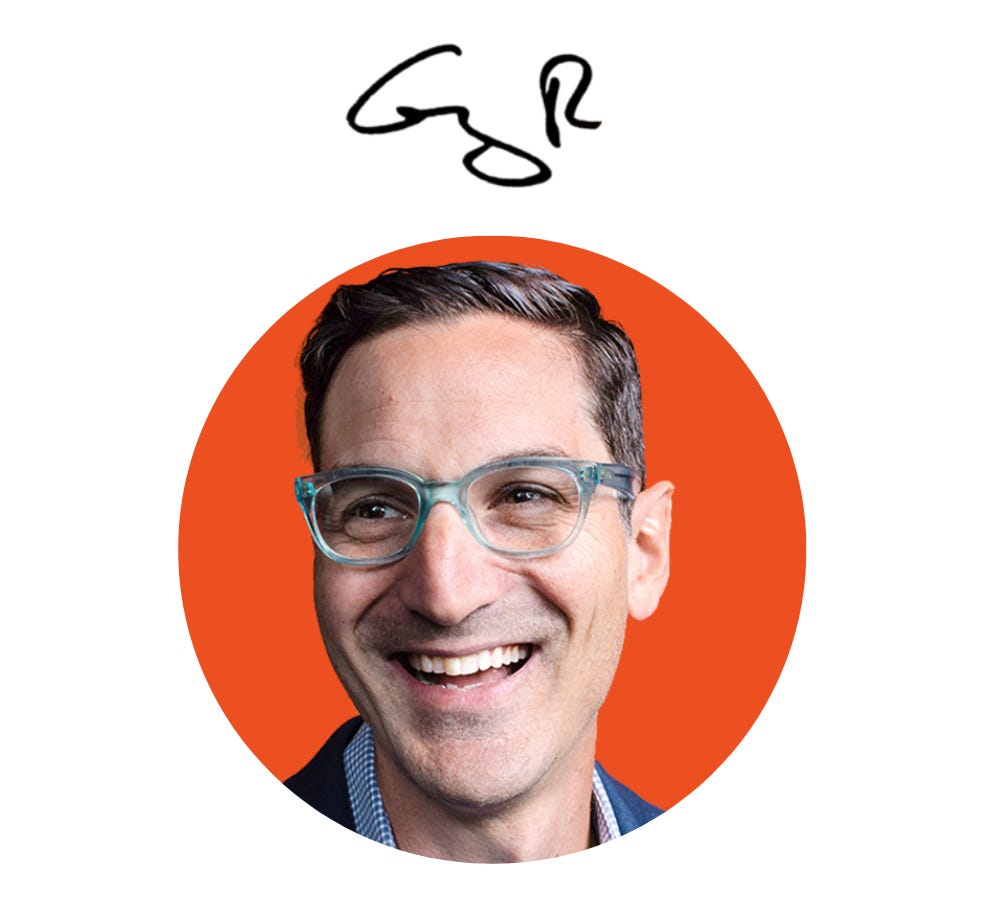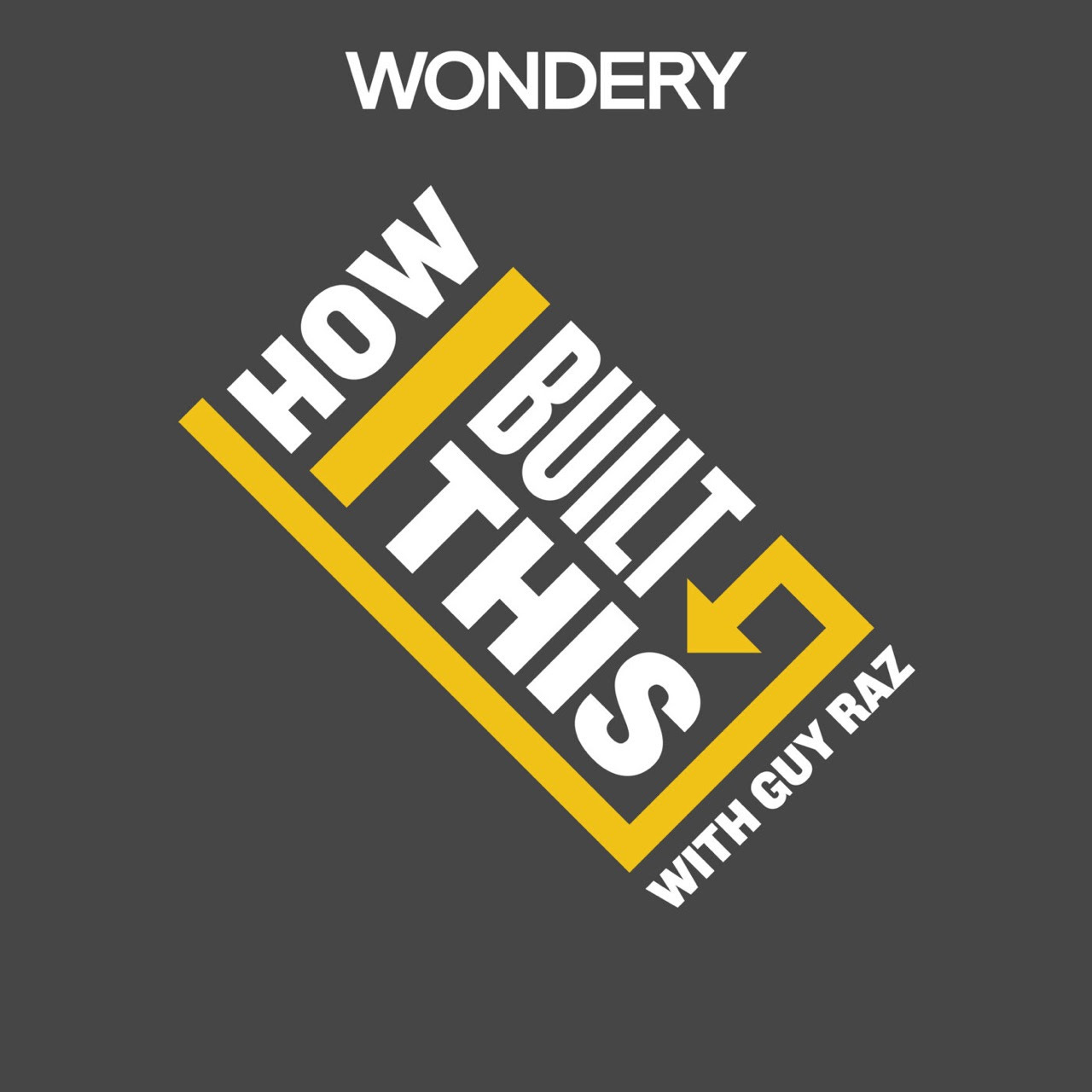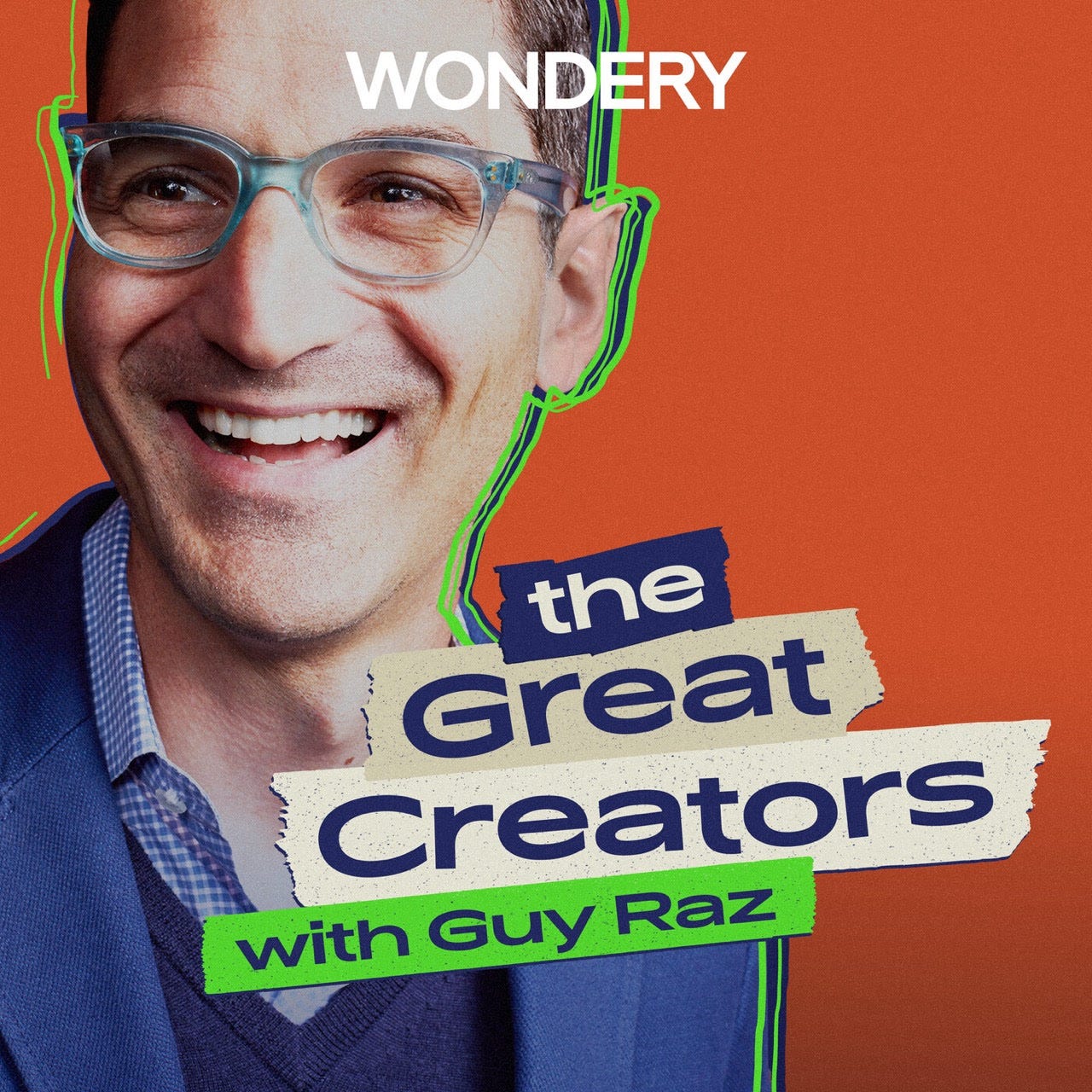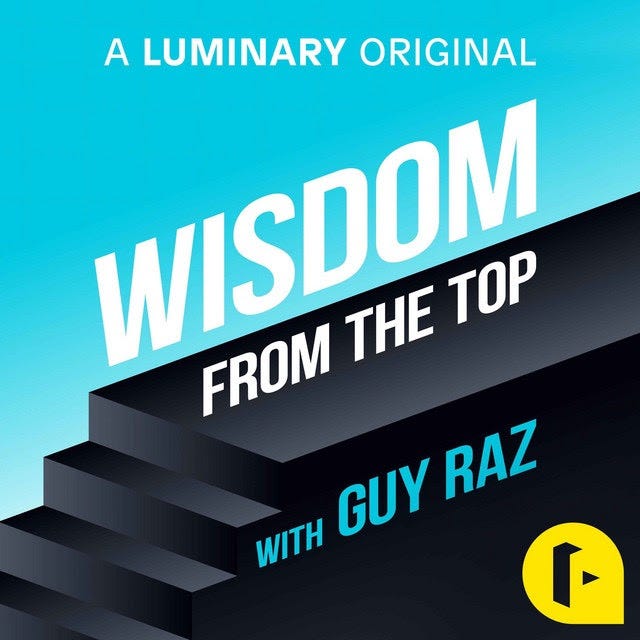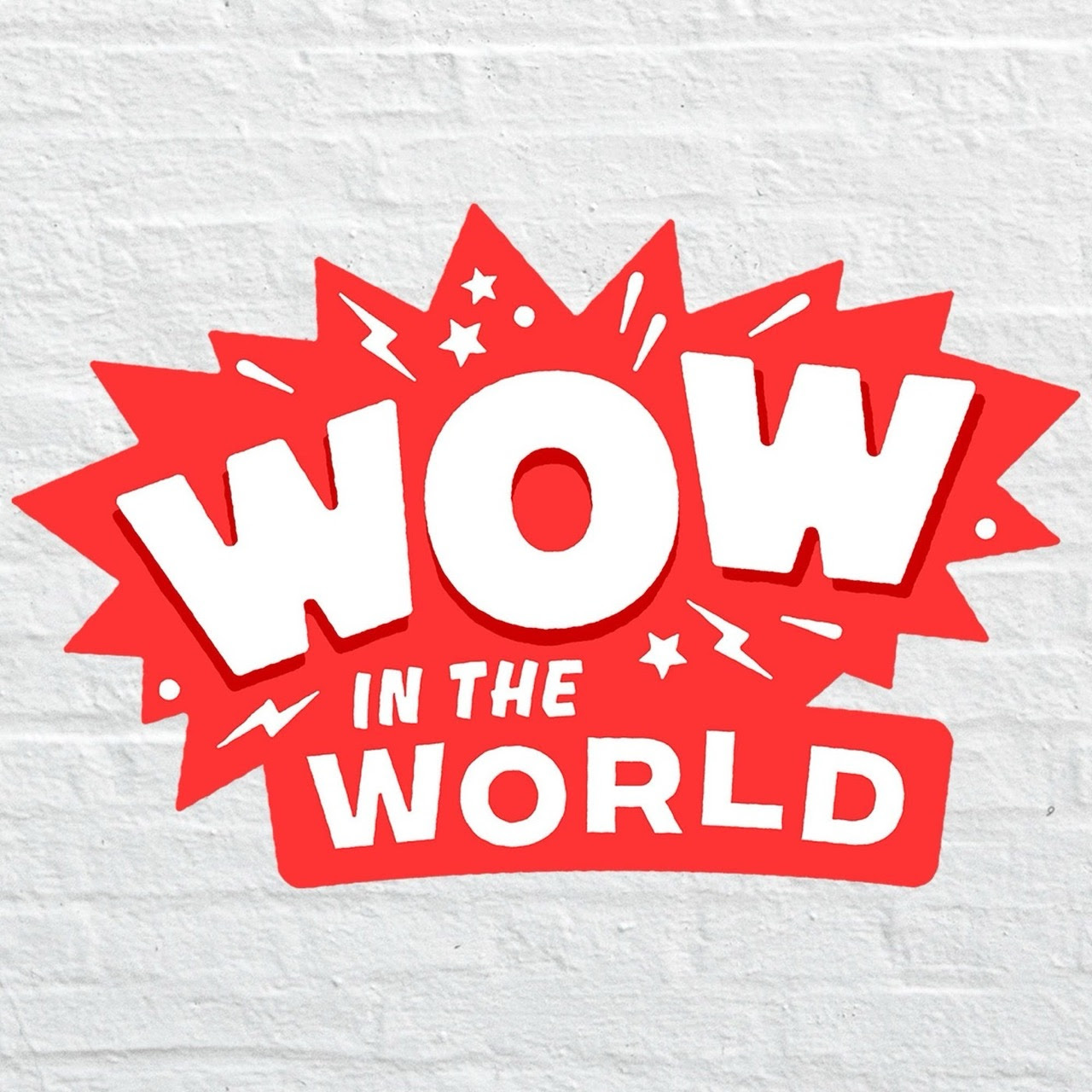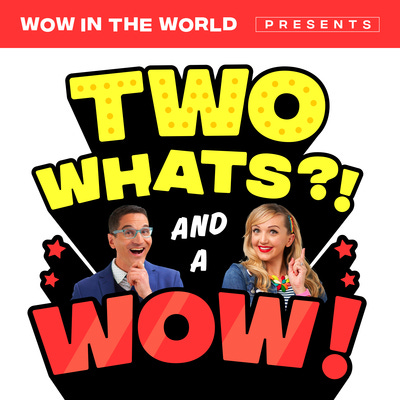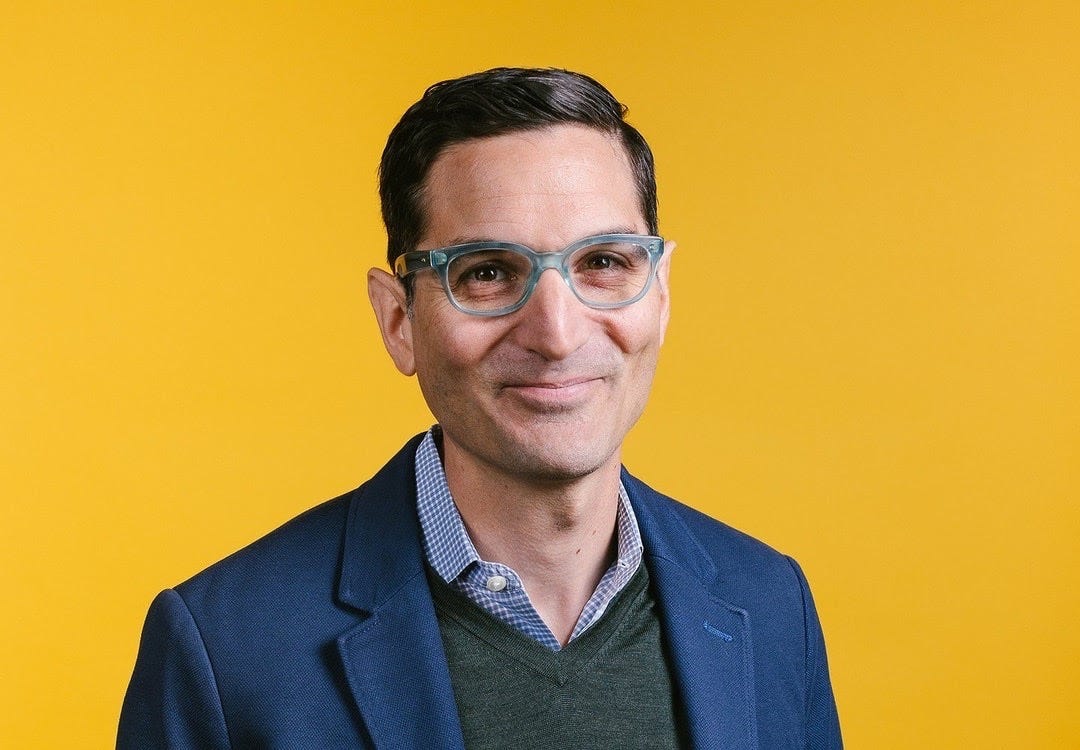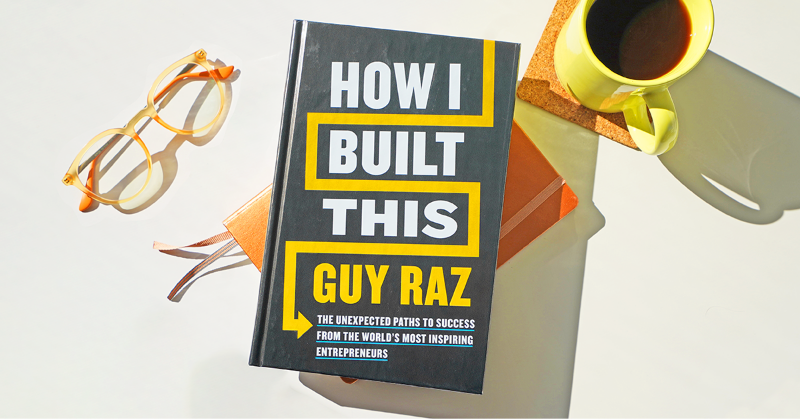"That’ll Never Work."
It’s one of the most common themes I hear on How I Built This—sometimes it’s said outright, sometimes it’s just beneath the surface. But it always shows up.
And this week’s episode, with the founders of Substack, brought it into sharp focus.
When Chris Best and Hamish McKenzie started pitching their idea—that writers could send emails and charge readers for them—the reaction was... confusion.
Wait, pay for newsletters? Wasn’t everything on the internet supposed to be free?
But Chris and Hamish had a hunch.
A simple, stubborn belief: that if the writing was good enough—if the connection between writer and reader was strong enough—then maybe people would pay.
It sounded unlikely. Maybe even absurd.
And yet—they were right.
Of course, it wasn’t smooth sailing. There was doubt. Pushback. A lot of “that’ll never work.”
But they kept going. And today, Substack has helped thousands of writers make a living doing what they love—by going straight to their audience.
That pattern? It’s everywhere.
When Jenn Hyman launched Rent the Runway, people said no one would rent designer dresses. Too complicated. Too risky.
When James Dyson built 5,000 vacuum prototypes in his garage, they told him to give up. He didn’t.
When Howard Schultz pitched a coffee bar on every corner in America, they laughed.
“That’ll never work.”
Until it does.
So this week, I’ve been sitting with that phrase.
How many times have you heard it? Or worse—believed it, just enough to stop yourself from trying?
Here’s the truth: the best ideas often sound strange at first. Even a little ridiculous. But that doesn’t mean they’re wrong.
So I’ll ask you: have you ever had a “that’ll never work” idea that turned out to be something real?
Or maybe you’re holding one now—quietly, cautiously—wondering if it might be worth the leap.
If so, I’d love to hear about it.
Wishing you a bold and curious week ahead,
—Guy
On the Podcasts This Week!
Substack: Creating a Writing Revolution
It started with a frustrated essay draft.
Chris Best was venting about the state of the media, until his friend Hamish McKenzie said, “What if, instead of complaining… we fixed it?”
That question sparked an idea:
What if writers could make a living without relying on advertisers or legacy newsrooms?
So in 2017, they launched Substack with one writer and one big bet: people would pay for good writing. Most investors didn’t think so. But Chris and Hamish believed..
In this episode, hear how two outsiders turned a simple newsletter tool into a platform used by 35 million people around the world.
HIBT Advice Line: Stay Grounded, Think Bigger
This week on the Advice Line, I’m joined by RJ Scaringe, founder of Rivian. RJ knows what it takes to scale something ambitious while staying true to the original mission.
First up, Ashley: Should I raise capital to take my ice cream brand global?
Ashley Vedder launched Vedder’s Organic Ice Cream after her husband’s Parkinson’s diagnosis. She’s grown the business to nearly $500K in sales without outside funding. RJ says if she wants to scale fast, it’s time to consider aligned investors who believe in the mission.
Next, Quajo: Is it time to leave my full-time job and go all-in on my business?
Quajo Som-Pimpong runs Crafted Glory. He builds handcrafted furniture by night while working as a full-time engineer by day. Our advice? If you’re ready to commit, make the leap… but only with a solid plan.
Finally, Robert: How do I grow my invention beyond early adopters?
Robert Button built Zoa Engineering, a portable rope tow system for backcountry skiing. We urge him to clarify the brand: is it a ski company or a towing tech company?
RJ leaves us with this: Be stubborn about your mission, but flexible about how you get there. That’s how you scale with purpose.
If you would like to be featured on an upcoming episode, call and leave a 1-minute message at 1-800-433-1298 or send a voice memo to hibt@id.wondery.com
Jake Johnson on the Messy Side of Creativity
Jake Johnson didn’t set out to be an actor. He wanted to write.
But after one of his early plays got butchered onstage without him, he made a promise: next time, he’d direct it himself.
In this episode, Jake opens up about the creative chaos behind that decision and how he reshaped his New Girl character to feel more like himself.
He also talks about growing up with dyslexia, working through performance anxiety, and how losing his dad helped him become a better artist… and a better parent.
It’s funny, sharp, and full of honest insights about what it means to build a creative career on your own terms.
Watch it on YouTube:
Maria Ross: Why Empathy Is a Business Strategy
Maria Ross wanted to teach her son that empathy leads to success. But the world around them seemed to reward the opposite.
So she set out to prove that compassion isn’t just a moral virtue, it’s a competitive advantage.
Drawing on her background as a brand and management consultant, Maria made the case that empathy belongs at the core of business strategy, not just in HR handbooks.
In this conversation, she shares insights from her book The Empathy Edge, showing how empathetic leadership drives better collaboration, stronger teams, and sustainable growth.
Science Podcasts for Kids!
Powered by the Sun!
Mindy’s latest invention is a dog-petting machine that runs on… nuclear fusion?! Yep, clean energy never looked so cuddly.
In this week’s Wow in the World, me and Mindy take a wild ride to the core of the Sun to explore how fusion really works. We shrink down to atomic size, watch hydrogen atoms fuse into helium, and witness the incredible energy that powers stars.
It’s the who, what, when, where, why, and WOW of nuclear fusion!
Big Wows from Little Babies
Did you know that baby blue whales can weigh over 5,000 pounds at birth?
Or that baby fish are called fingerlings once they’re the size of a human finger?
Get ready for a bundle of surprises in this adorable new round of Two What’s And A Wow, all about the tiniest humans (and animals) on the planet!
From the Archives!
Rivian: RJ Scaringe
Starting a car company from scratch is about as risky as it gets. But in 2009, RJ Scaringe decided to do just that.
With no brand recognition and sky-high startup costs, RJ set out to build a fully electric truck and SUV that could compete with the gas-powered giants. And win over drivers who had never considered an EV.
For years, he worked in stealth mode, refining Rivian’s design and vision from a warehouse in Florida before setting up manufacturing in the Midwest.
When Rivian finally rolled out its first trucks in 2021, anticipation was sky-high. But after navigating tons of ups and downs, Rivian is now valued at $30 billion and is considered one of the most promising players in the EV space.
Noom: Saeju Jeong
When Saeju Jeong moved to the U.S. from South Korea in his 20s, he had $5,000 to his name, limited English, and no network.
But he carried with him a powerful motivation: his late father’s belief that medicine should prevent illness, not just treat it.
That idea became the foundation for Noom, a wellness app that helps users better understand their habits around eating, stress, and sleep.
But the journey wasn’t straightforward. Saeju and his co-founder spent years building fitness tools and products that never quite clicked, until they landed on a behavioral approach to health that combined psychology, data, and coaching.
Today, Noom is one of the most popular weight loss apps in the U.S., and its valuation has climbed as high as $10 billion.
See you next time!
What do you want more or less of?
Just send a tweet to @guyraz or a message on IG to @guy.raz or LinkedIn and put #GuyRazNewsletter at the end so I can find it.




